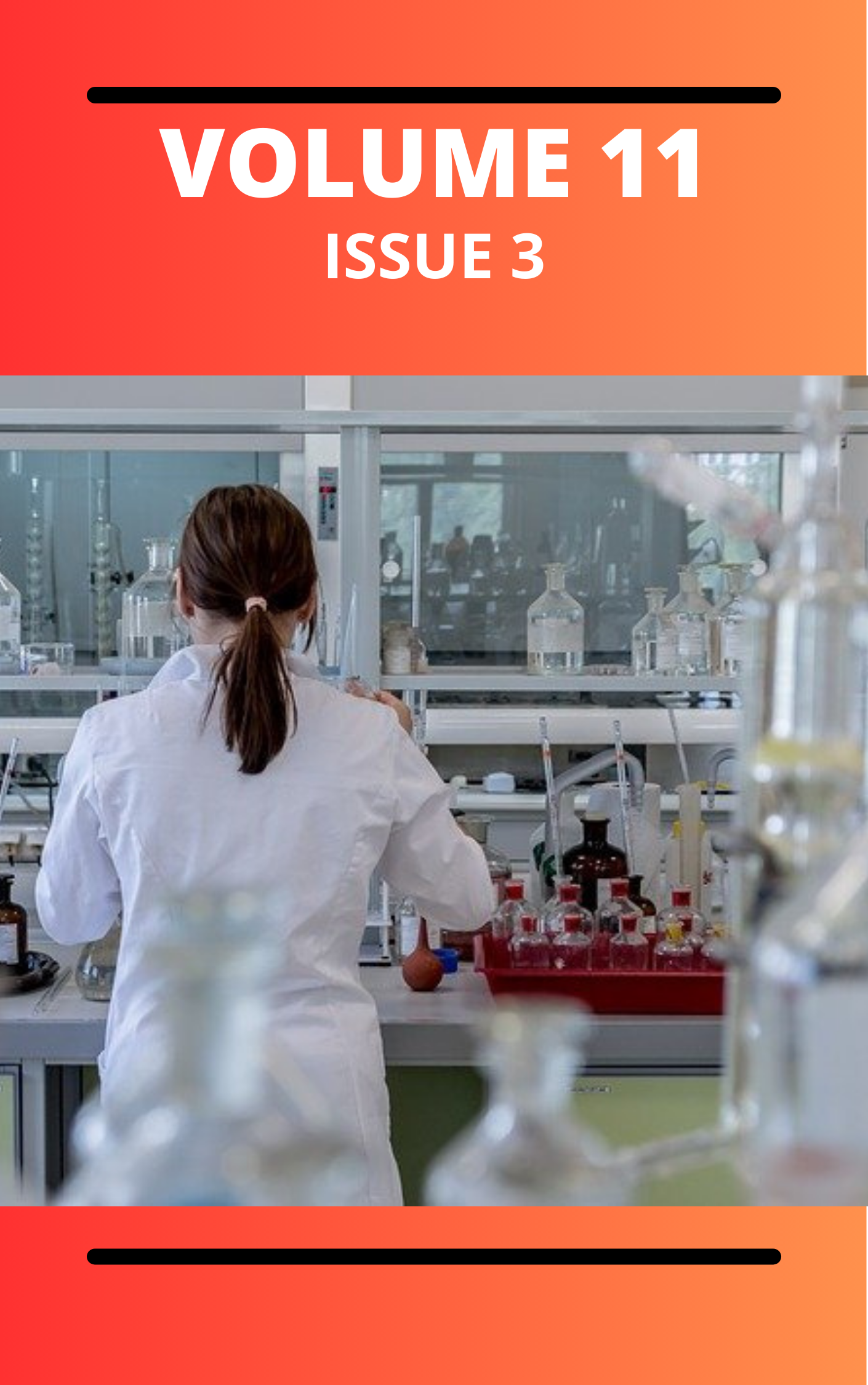Assessment of Surface Water Quality in Zaria Metropolis: Implications for Environmental Health and Sustainable Management
DOI:
https://doi.org/10.4314/tmt5xc93Keywords:
Water quality index, physicochemical parameters, Analysis of variance, CorrelationAbstract
Surface water bodies, including rivers, dams, and lakes, are integral to urban development and human life, supporting both urban residents and rural agricultural sectors. However, rapid population growth, urbanization, and industrialization have posed significant threats to water quality worldwide. Industrial discharges, in particular, contribute to water pollution, notably with toxic heavy metals. Assessing water quality involves monitoring various physicochemical parameters, which can be laborious and challenging. Therefore, this study employs statistical correlation analysis to understand the interrelationships among water quality parameters, aiming to simplify water quality assessment. Water samples were collected from Shika, Galma, and Ahmadu Bello University (ABU) dams in Zaria, Nigeria, and analysed for various parameters. Results showed that dissolved oxygen (DO) levels ranged from 1.37 to 3.67 mg/L, biochemical oxygen demand (BOD) ranged from 0.47 to 1.83 mg/L, and pH varied from 4.33 to 6.93 across different sampling points. Turbidity ranged from 65.27 to 152.20 NTU, total dissolved solids (TDS) ranged from 30.67 to 956.33 mg/L, and total suspended solids (TSS) ranged from 16.67 to 170.00 mg/L. Electrical conductivity (EC) varied from 62.97 to 1888.33 µs/cm, alkalinity (ALK) ranged from 14.00 to 28.00 mg/L, and chemical oxygen demand (COD) ranged from 93.30 to 123.30 mg/L. Sulphate (SO4) concentrations ranged from 381.70 to 568.30 mg/L, nitrate (NO3-) ranged from 9.00 to 26.00 mg/L, and phosphate (PO4) ranged from 0.12 to 0.61 mg/L. Statistical analysis revealed significant correlations among these parameters, indicating complex relationships within the aquatic ecosystem. Additionally, the analysis of variance (ANOVA) showed significant differences in water quality among sampling points, suggesting the influence of diverse pollution sources. Furthermore, the Water Quality Index (WQI) was calculated to assess the overall water quality status, indicating poor to unfit conditions for consumption across the studied locations. These findings underscore the urgent need for effective water management strategies to safeguard surface water quality for current and future generations.
Downloads
Published
Issue
Section
Similar Articles
- Chidumebi Uzoho, The Public Health Impact of Airborne Particulate Matter: Risks, Mechanisms, and Mitigation Strategies , Communication In Physical Sciences: Vol. 12 No. 2 (2025): VOLUME 12 ISSUE 2
- Imaobong Ekwere Daniel, Chemical Profiling, Antioxidant and Antimicrobial Activity of Cinnamomum Tamala (Indian Bay Leaf) Extract , Communication In Physical Sciences: Vol. 12 No. 3 (2025): VOLUME 12 ISSUE 3
- Faith Osaretin Osabuohien, Green Analytical Methods for Monitoring APIs and Metabolites in Nigerian Wastewater: A Pilot Environmental Risk Study , Communication In Physical Sciences: Vol. 4 No. 2 (2019): VOLUME 4 ISSUE 2
- Mahmood Umar, Zubairu Ahmed, Abdullahi Mohammed Wanzan, Musa Sa'aud, Electrical Resistivity Tomography Investigation of Groundwater Contamination Pathway at Ahmadu Bello University Sewage Treatment Site. , Communication In Physical Sciences: Vol. 11 No. 1 (2024): VOLUME 11 ISSUE 1
- Dulo Chukwemeka Wegner, A Review on the Advances in Underwater Inspection of Subsea Infrastructure: Tools, Technologies, and Applications , Communication In Physical Sciences: Vol. 12 No. 5 (2025): Vol 12 ISSUE 5
You may also start an advanced similarity search for this article.




